
One of the things I try to always keep in mind through my work with sustainability is, that we all have different starting points. Some people know a lot, some people know a little, we all have different budgets and what might be accessible to some people might not be to others. I’m not here to judge anyone, but I hope my content can provide you with some more knowledge and inspiration on how to live more sustainably moving forward, no matter where you start on this journey or how much knowledge you might already have.
Today I would like to dive into something, that I often meet when telling people what I do for a living. It’s often when I meet people in the real world (so offline) that these conversations occur, general wonderings from people who are new in the whole “sustainable fashion” world. Maybe some of these things are new to you too, and in that case I hope this post will leave you feeling a bit more enlightened moving forward.
…
Én af de ting jeg forsøger at tage allermest højde for gennem mit arbejde med især bæredygtighed er, at vi alle har forskellige udgangspunkter. Nogen ved meget, nogen ved lidt, vi har alle forskellige budgetter og hvad der er let-tilgængeligt for nogen grupper er måske ikke for andre osv. Jeg er her ikke for at dømme nogen, men derimod håber jeg, at mit content kan være med til at vejlede og inspirere i mere bæredygtige retninger og beslutninger fremadrettet, uanset hvor man starter henne eller hvor meget viden man måske ligger inde med.
I dag kunne jeg rigtig godt tænke mig at dykke lidt ned i noget, som jeg ofte støder på når jeg fortæller folk hvad jeg egentlig arbejder med. Primært er det samtaler jeg har med folk i den virkelige verden, som oprigtigt forsøger at forstå mit arbejde, og det er også primært mennesker for hvem begrebet “bæredygtig mode” er ret nyt, men stadig interessant. Måske er det også nyt for dig der læser med lige nu, og i så fald håber jeg det her indlæg kan efterlade dig med lidt mere klarhed, som du kan bruge i dit videre forløb.


Many people who have only just started getting familiar with the term “sustainable fashion” (and why it’s important) might have noticed small messages out there in the fashion stores like “contains organic cotton” or “made from recycled polyester”. It’s actually become quite common in many conventional fashion stores. And although this might seem like a good thing straight away, like you’re doing the environment a huge favor by buying these items, things are sadly not that simple. Sustainability should always be looked at like a holistic term; if you’ve got a sky high consumption of new clothing (or if you’re a brand producing these insane amounts of new clothes), it’s not enough to go for items which may seem like they are made in a better material. You see, sustainability happens in interaction between you as a consumer AND the brand. And you might have already heard it before, but we cannot consume our way out of the climate crisis. That’s one of the reasons why I’m such a huge advocate for a lasting wardrobe, and that’s why I’m so passionate about reaching out and teaching people how to build a wardrobe which is just that 🙂
The fact that a dress says “made from recycled polyester” says nothing about which working conditions it has been made under. It says nothing about social sustainability. Sadly, many people are also lead to believe that when an item states to be made from recycled polyester, this means that it has been made in a 1:1 scale from an old piece of clothing turned into a new one. To make things even more complex, this is just often not the case – often what lies behind “recycled polyester” is plastic bottles, that have been spun into fibres. Plastic which might have been better to use elsewhere than in clothing… Adding polyester to some types of materials can surely add some strength and polyester makes sense when speaking for example swimsuits or sportswear. But think about how much everyday clothing we see out there, which has been made in polyester! And then try challenging yourself: consider if you can find an alternative, something made in a more natural, breathable and nicer material. Remember that polyester clothing also may lead out microplastics when washed, and this puts additional pressure on our water systems. One of the reasons why polyester is so popular especially among highstreet stores is the low price.
…
Mange som måske kun lige er blevet bekendt med begrebet bæredygtig mode (og hvorfor det er vigtigt) har måske lagt mærke til små tekster på diverse tøj ude i butikkerne, som “contains organic cotton” eller “made from recycled polyester”. Det ser man faktisk mere og mere i de konventionelle tøjbutikker. Og selvom dette i et splitsekund kan virke tillokkende, og som om man gør miljøet en tjeneste som forbruger, så er det desværre ikke så enkelt. Bæredygtighed skal altid ses som noget der er mere holistisk; hvis du har et skyhøjt forbrug af nyt tøj (eller du som brand producerer enorme mængder af nyt tøj), er det derfor ikke nok at du går efter items, som slår sig på et mere bæredygtigt materiale. Bæredygtighed sker nemlig i samspil med det som brandet tilbyder og sælger, samt de valg du tager som forbruger. Og du har måske allerede hørt det, men vi kan ikke shoppe os ud af klimakrisen. Det er blandt andet derfor jeg er så stor fortaler for en langtidsholdbar garderobe, og det er derfor jeg er så passioneret omkring at række ud og lære mennesker hvordan man så kan opbygge sådan én 🙂
Dét, at der måske står “made from recycled polyester” på en kjole fortæller dig ingenting om, hvilke forhold denne kjole er produceret under. Det siger ingenting om den sociale bæredygtighed, der ligger bag. Desværre er der også mange som tror, at genanvendt polyester betyder, at dette stykke tøj er lavet 1:1 ud af et gammelt stykke tøj, der så bliver omdannet til nyt. Det gør det bare ikke – ofte er det faktisk plastikflasker der bliver brugt til formålet, hvor man spinder plastikken til fibre som man så kan bruge i fremstillingen af nyt polyestertøj. Og det er altså plastik, som måske var bedre brugt andre steder end i tøj…. Tilsætning af polyester kan styrke andre fibre og polyester giver mening i tilfælde som sports- og badetøj, som skal tørre hurtigt. Men tænk på, hvor meget almindeligt hverdagstøj der bliver lavet i polyester! Og prøv så, at udfordre dig selv endnu mere: tænk over, om det materiale det her givne stykke tøj er lavet af kan fås i et mere naturligt, lækrere og mere åndbart materiale. Husk på, at polyestertøj udleder mikroplast når det vaskes, hvilket jo ligger ekstra pres på vores vandløb og miljø, og giver endnu en god grund til, at kigge efter et andet alternativ. Polyester er et billigt materiale, og det er derfor det bliver brugt så flittigt især blandt highstreet kæderne og de billige mærker.

The same goes when you might stumble upon fashion items that say “made with organic cotton”. Sometimes that can be the best you can do (I know this struggle since this is often the best alternative we can find in our local shops when buying new clothing for Morten), but again; it’s much more complex than that, like I mentioned in the example with recycled polyester. I’m not saying this to make you feel bad or to make you believe I always make the perfect choices myself, I just think you have a right to know as a consumer. If there are no certifications on the clothes whatsoever, you can’t be sure of the actual percentage of organic cotton used in this item. In reality, it could be a very small amount. There’s no doubt that buying organic cotton is way better than its conventional counterpart. Cotton is one of the most fertilized kind of crops, which puts cotton farmers in an extremely vulnerable situation, where they actually risk their lives for these crops. So look for certifications before you buy, because as a rule of thumb they can be extremely helpful for you as a consumer. It could be certifications such as GOTS, BCI, Fairtrade or SA8000.
So the conclusion to this post is; we can never let the material of a single piece of clothing be the determining factor of whether this item is sustainable or not. Remember, sustainability is a holistic term which include many things such as good, lasting quality, good design, good fit and a respect for people AND the environment in terms of production. We can’t be perfect and make perfect choices every time, but we can try our best. And I hope that’s what you will take with you from this post. 🙂
…
Det samme gælder når du støder på et stykke tøj, hvor der måske står “made with organic cotton”. Det kan være det bedste alternativ du kan finde somme tider (det er ofte det bedste de fysiske butikker vi har i mit lokalområde kan klare, især når vi kigger efter herretøj til min mand), men igen; det stikker dybere end dét, som nævnt før i eksemplet med genanvendt polyester. Jeg siger det ikke for at få dig til at tro at jeg selv altid tager det perfekte valg, eller for at give dig dårlig samvittighed. Men ganske enkelt fordi jeg synes, at du har ret til at vide de her ting som forbruger. Hvis der ikke er nogen certificering på tøjet, så kan du ikke være sikker på hvor mange procent af det samlede indhold bomuld der faktisk er økologisk dyrket. Så i realiteten kan det være en ganske lille del. Der er ingen tvivl om, at det allerbedste du kan gøre hvis du køber tøj lavet i bomuld er, at gå efter økologisk dyrket bomuld. Bomuld er én af de mest sprøjtede afgrøder til fibre, og det sætter livet på spild for bomuldsbønderne. Så kig gerne efter certificeringer på tøjet før du køber, for de kan som tommelfingerregel være en kæmpe hjælp, især hvis man som brand slynger ud at ”man er bæredygtig”. Det kan være certificeringer som GOTS, BCI, Fairtrade eller SA8000.
Så konklusionen på dette indlæg er, at vi aldrig må lade os narre som forbrugere, og lade selve materialet af et givent stykke tøj stå som dét, der alene afgør dets bæredygtighed. Husk igen, at bæredygtighed er et holistisk begreb der tager højde for mange andre ting som god, holdbar kvalitet, godt design, god pasform og respekt for mennesker OG miljø i fremstillingen. Vi kan ikke være perfekte, men vi kan prøve vores bedste. Og det håber jeg du tager med dig fra dette indlæg 🙂
Se desuden Tanjas online foredrag om bæredygtig mode for flere materialer og deres “bæredygtighed”, hvis du gerne vil blive endnu klogere – eller få et overblik hos Johanne HER.

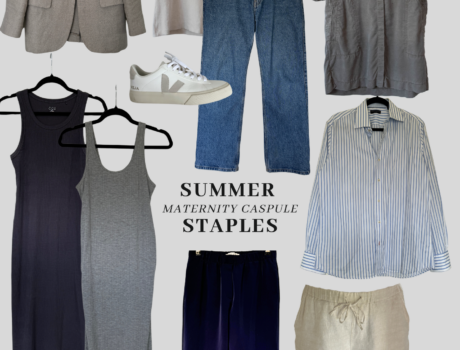
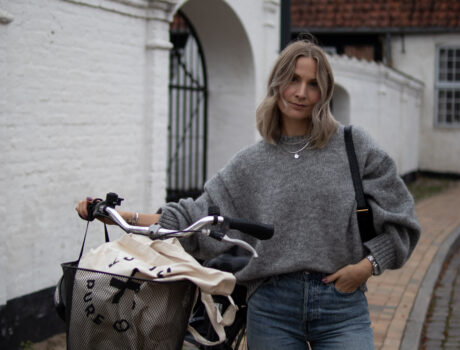
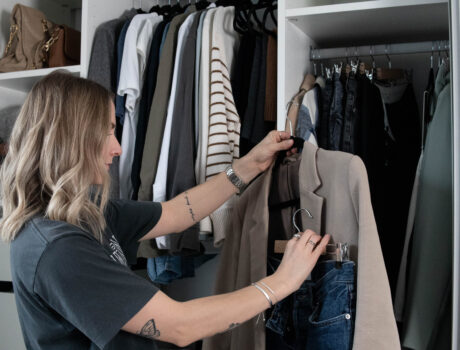
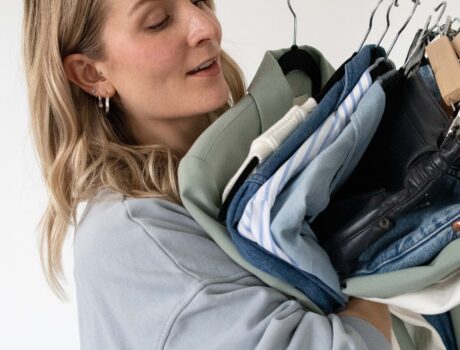
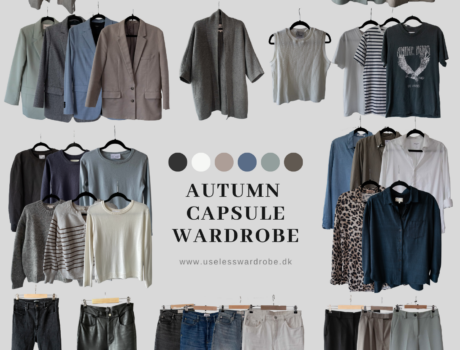
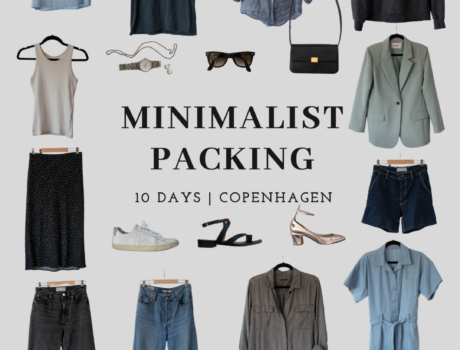
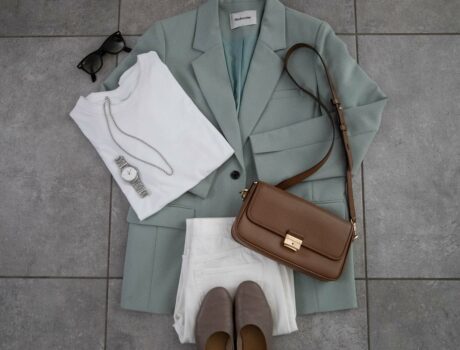
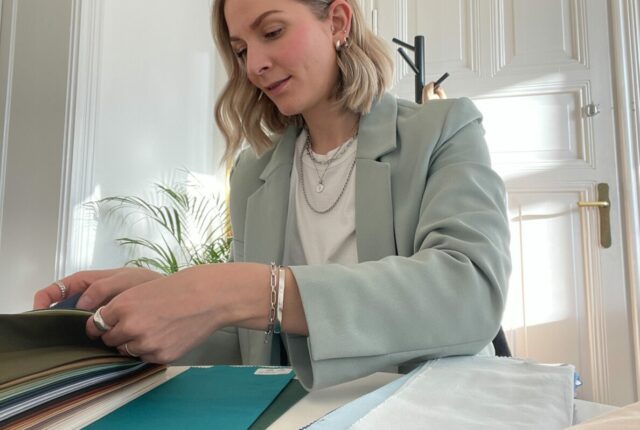
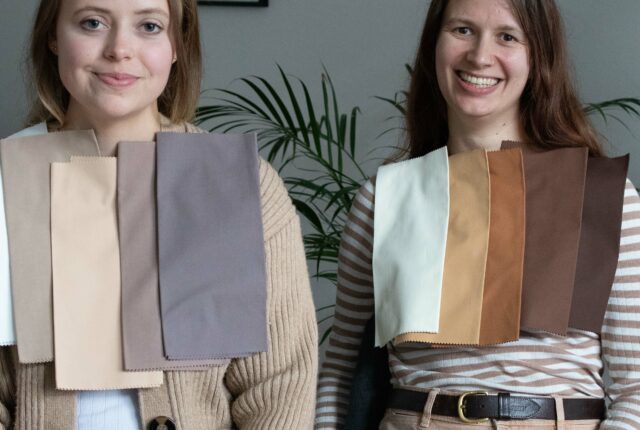
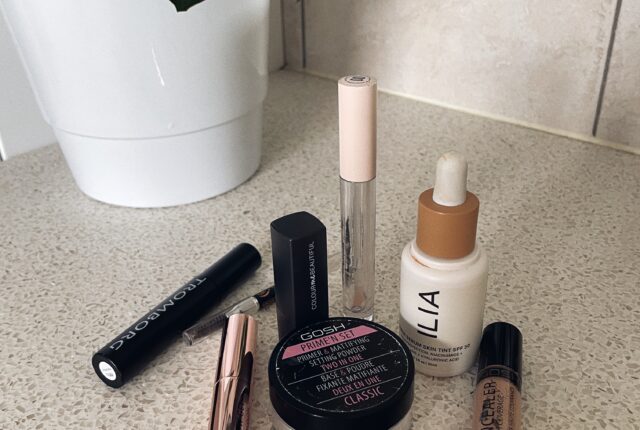

Tusind tak for anbefalingen, søde Signe! Det er ingen tvivl om, at “mere bæredygtige materialer” kun er toppen af isbjerget – we gotta dig deeper <3
Selv tak Tanja! <3 Og tak for et inspirerende foredrag! Kan virkelig varmt anbefales herfra. Knus
Hi Signe,
I really like your content, it’s great that you help people find more sustainable solutions when it comes to clothing. I couldn’t agree with you more that sustainability really is a complex issue. It requires a lot from us consumers to really dig deeper and try to uncover the efforts of different clothing brands when it comes to sustainability. There really is a lot of greenwashing out there. Not to mention social sustainability that is just as important an issue (and a good enough reason on it’s own to avoid fast fashion).
I’m however a little puzzled by this attitude that natural is always better when it comes to sustainability. This might not always be the case. Natural just somehow seems to sell better in the eco-friendly circles. But cotton for example requires a lot of water to produce, be it organic or not. So a piece of clothing made out of 100 % recycled polyester could very well be a more sustainable choice than cotton. It would really require a full life cycle analysis to uncover the truth. A lot depends also on what happens to the piece of clothing after it is beyond repair and how long it lasts until that point is reached.
I hope some day clothing brands will give us consumers more information to base our choices on facts rather than mental images about the sustainability of different materials. I also know it really isn’t enough to just hope for this. I should be actively demanding this information from my favourite clothing brands! Pressure from us consumers is what will make a change eventually. Thank you Signe for leading the way! 🙂
Hi Jenni! Thanks for your feedback and for your comment! I completely agree, natural doesn’t always equal better – exactly like you say, cotton requires A LOT of water, so it is far more complex than that and we should never settle when a brand tries to convince us that they are sustainable because “at least their clothing is made from natural fibers”. Like I write in this post, there are different types of fibers and fabrics that are good for different purposes, but these purposes are rarely investigated in the commercial fashion industry (or better yet, communicated to us as consumers why they choose materials like they do and EVEN better; where these materials come from exactly), like in the example with polyester that I mention. Polyester can be good for some types of clothing (like active- and swimwear) but when you think about how much everyday wear that is made in 100% polyester because it’s a very cheap type of material, it kinda puts everthing into perspective. 🙂 Thanks again for your time and for reading this post, it means a lot to me Signe xx